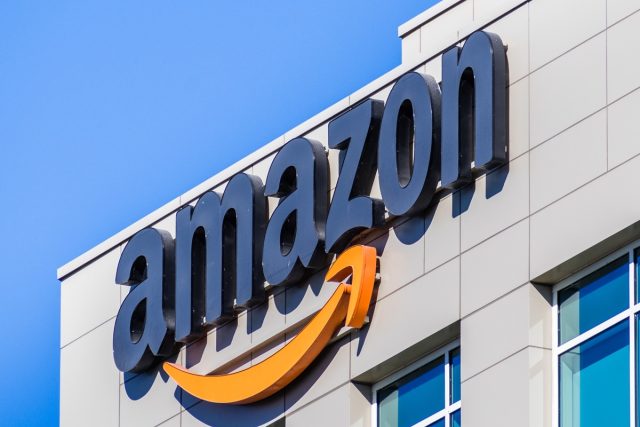September 23, 2025
Workers Now Value Control Over When They Work More Than Where

The long-running debate about where employees should work may finally be giving way to a new conversation: when work gets done. According to Owl Labs’ newly released 2025 State of Hybrid Work Report, schedule flexibility has become the defining workplace issue, while also becoming a top employee expectation.
Surveying 2,000 full-time U.S. knowledge workers, the report finds nearly half (47%) still lack the flexibility they want in their schedules. Workers are increasingly willing to take a stand, with 37% saying they would turn down a job offer without flexible hours, up from 35% last year.
The appeal of a four-day workweek remains strong, with 27% saying it would influence their job choices, even if it meant a smaller paycheck. On average, employees said they would trade 9% of their salary for flexible hours and 8% for a condensed week.
Work-Life Balance Begins to Blur
When it comes to balance, many employees are already blurring personal and professional boundaries. Almost 60% schedule personal appointments during the workday, while 30% admit they no longer have a clear start or end to their working hours. The practice of “microshifting”, splitting work into shorter, non-linear blocks, is gaining traction, particularly among millennials (73%) and Gen Z (69%).
This imbalance is a greater problem for people with kids. With 62% of workers raising children at home, many parents worry their responsibilities affect job performance, especially those required to be in the office full-time (71%). Over 60% believe companies should step up support for employees balancing childcare.
Meanwhile, a quieter force is changing office culture, and that is “hybrid creep.” Although only 23% of employers issued formal return-to-office mandates last year, the number of required in-office days continues to rise. Hybrid employees now average three to four days in the office, up from just two in 2023.
While some workers welcome the shift (25% say they prefer being fully in-office), others report growing dissatisfaction, burnout, and what Owl Labs calls “quiet cracking,” a slow erosion of well-being masked by outward productivity.
Technology remains both a pain point and a promise. Employees lose time every week to clunky meeting setups, with 67% admitting they’ve abandoned video tech altogether out of frustration. At the same time, 80% of workers have experimented with AI, and more than half wish they could send an AI avatar to meetings in their place.




